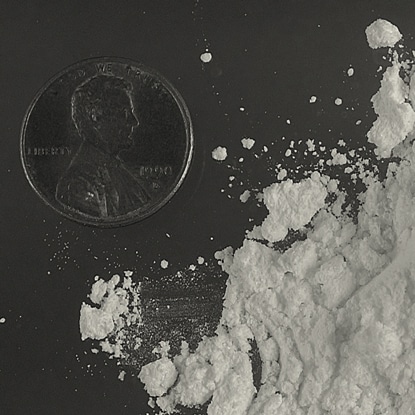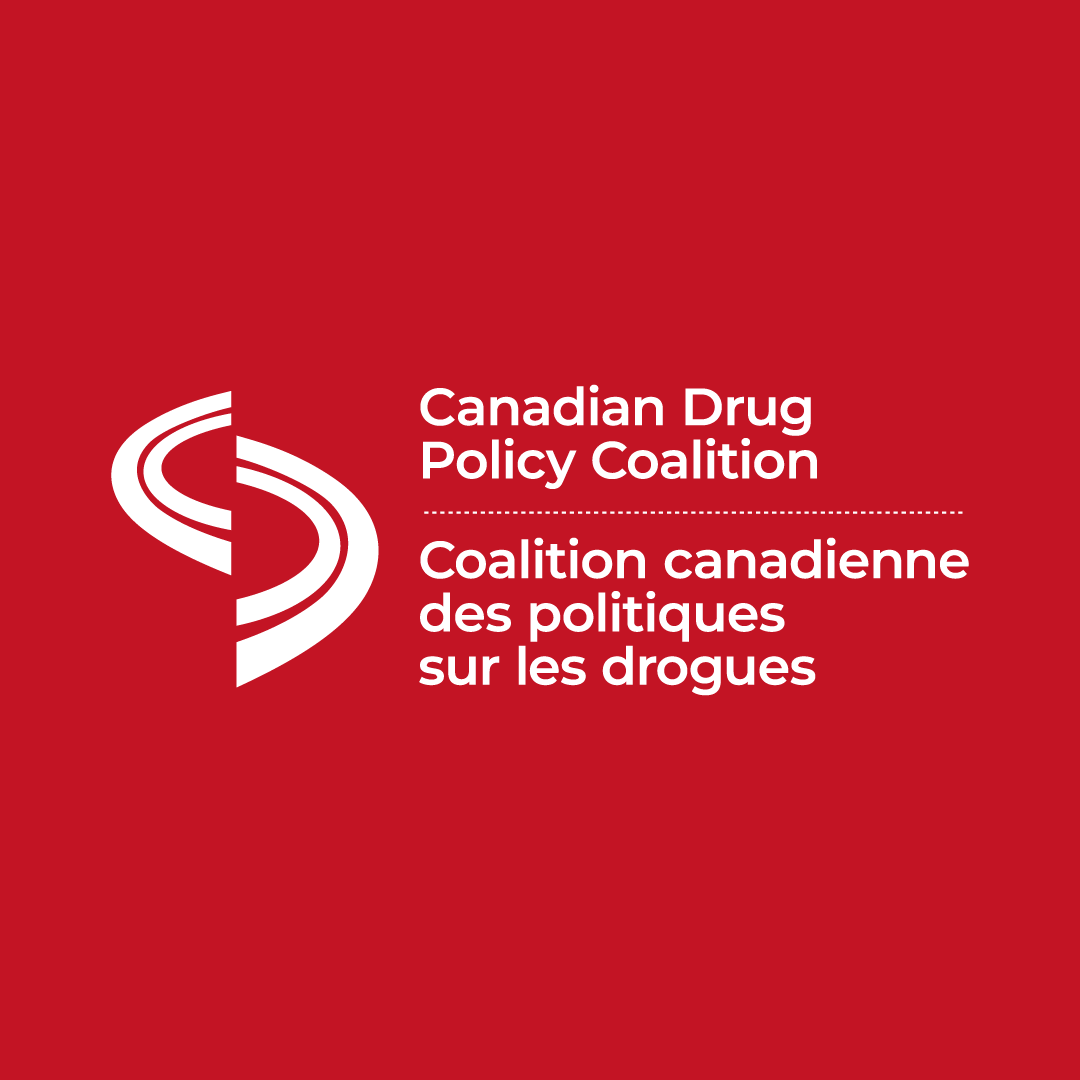“There’s a crack in everything, that’s how the light gets in”
Leonard Cohen
That is how I started my presentation at the most amazing drug policy reform conference in Mexico City, organized by Mexico Unido Contra la Delincuencia (Mexico United Against Crime) February 12 – 14th, 2012. I played a song from Canada’s most famous poet, Leonard Cohen, which included the words, “There’s a crack in everything, that’s how the light gets in.” Mexico is certainly in need of some light. The long dark tunnel that is their present war on drug cartels continues to see death and despair permeate their news on a daily basis.
Gillian Maxwell, CDPC’s Executive Committee member and I attended this important drug policy dialogue together in Mexico. The conference brought some of the leading thinkers in drug policy reform globally, NGOs from Mexico, academics from Mexican universities and members of the business community from Monterrey and Mexico City.
The organizers were determined to “think outside the box,” and search for alternatives to the war on drugs that their government is waging on the cartels that is literally killing thousands of people in their country.
Over 53,000 have died since 2006, others put the figure closer to 60,000.
Held in the magnificent Museo Nacional de Antropología the conference had an historic air to it. Surrounded by thousands of years of Mexican history the intractable problem currently facing the country was put into perspective by centuries of history, energy and artifacts in the Museo. One can feel the frustration with the continuing violence of the drug war. But Mexico is at a tipping point. The country may be getting close to breaking away from its historic path and taking a major leadership role in charting a new way forward with its Latin American allies.
Those who attended the conference heard many reasons to take a new direction and consider alternative approaches to drug policy in Mexico. Ethan Nadelmann, Executive Director at the Drug Policy Alliance in the US, urged Mexican participants to do what is best for Mexico and not to wait for the United States to change its direction. He spoke of the historic leadership position that Mexico has in the region and the opportunity to lead other Latin American countries as they question the prevailing ideology of the war on drugs. This was echoed by other speakers from the US including Jack Cole from Law Enforcement Against Prohibition and former Judge, James Gray from California.
As a citizen of a US border state I had to admit that Canadians often have the same discussion – how can we change any of our drug policies independently of the Americans? But in fact, it was our good sense that lit the way for the US to abandon alcohol prohibition in the 1930s. And I believe we can do it again by designing an exit strategy for the war on drugs.
Mexico is in the strongest of moral positions to call for an end to the drug war.
There is movement afoot. Two weeks before the conference in Mexico, Guatemalan President, Otto Perez Molina called for all Central American leaders to consider decriminalising drugs in an upcoming regional meeting. Cesar Gaviria, Colombia’s former President then presented at the conference and clearly called for legalization of drugs as a new way forward in the region.
Steve Rolles, from the Transform Drug Policy Foundation laid out Transforms’ prize winning strategy paper, A Blueprint for Regulation that is one of the most well thought-out arguments for moving to a legally regulated regime for all psychoactive drugs.
Nuno Capaz, a Sociologist at Instituto da Droga e da Toxicodepencia in Portugal outlined how Portugal decided to decriminalize all drugs for personal possession some 10 years ago and how that has been a success in terms of overdose prevention, HIV prevention and access to treatment. In addition, drug use itself has not increased and across many demographics has actually decreased.
The second morning of the conference, Javier Sicilia came into the room and was graciously received by the conference organizers. Sicilia, a poet and journalist who lost his son to drug war violence has been leading a movement for peace and dignity in Mexico convening marches in the street and calling for the Mexican population to join him to protest the violence that is the daily reality in Mexico today.
Sicilia attended the conference to learn how drug policy might have some answers to his questions. We met and hugged each other and conversed with rudimentary bits and pieces of language and many gestures and agreed to meet again to work on a plan for peace. Very cool!
There were many other speakers from the Netherlands, Australia, the US, and the indefatigable Senator Larry Campbell from Canada. The United Nations Office on Drugs and Crime also gave an incredibly uninspiring, formulaic presentation that could only be called “maintain the status quo propaganda” and actually defended the drug war effort with its collateral damage of 50,000+ deaths.
At the end of the three days in the Anthropology Museum, the directors of the MUCD pronounced the conclusions of the conference from their perspective. They were indeed a radical departure from the status quo.
Among the eight key points, they called for Mexico to take a public health approach to drugs, and they asserted that countries must be allowed to take a sovereign approach to addressing drug problems that are in the best interests of their people. They also called for Mexico to move gradually towards a model of regulation and control of currently illegal drugs. Sound familiar? This is the same discussion that many Canadians and Americans are having.
The movement for change is growing. If countries like Mexico can begin to move towards their own made-in-Mexico plan then surely Canadians can figure out a way out of the war on drugs. As with alcohol prohibition, perhaps the US needs Canadian ingenuity and leadership once again to lead the way. Let’s be those leaders.




 by Craig Jones Former Executive Director, The John Howard Society of Canada.
by Craig Jones Former Executive Director, The John Howard Society of Canada.



